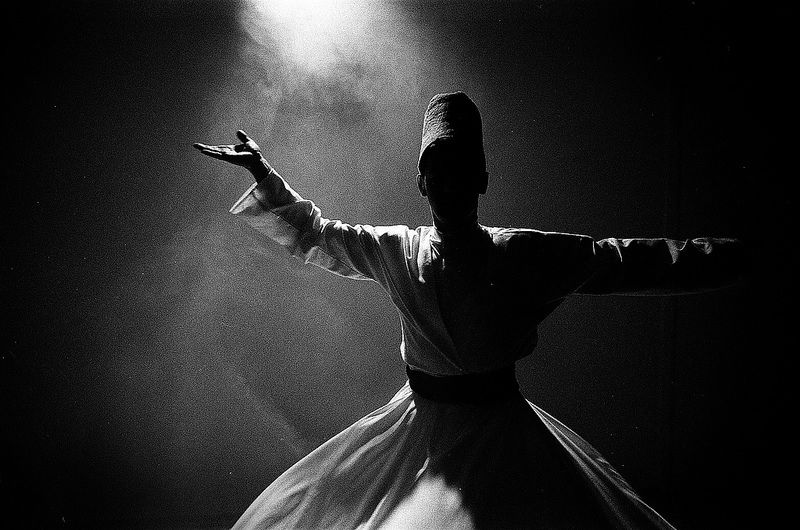Pawanmuktasana (Anti Rheumatic Group)
this pawanmuktasana group of asanas is concerned with losing up the joints of the body. It is excellent for those with rheumatism, arthritis, high blood pressure, heart problems, or other ailments where vigorous physical exercise is not advised. it is particularly useful for eliminating energy blockages in the joints and outer extremities of the physical body and works on the pranic and mental bodies as well. The practices may be performed in three ways :
With awareness of the actual physical movement, the interaction between the various components of the body, i.e bones joints, ligaments, muscles, etc.: the movement of each completed round; and with awareness of thoughts arising in the mind. This method of practice induces peace, balance, and one-pointedness which in turn brings about harmony in the physical body.
With awareness and integrated breathing. In addition to the awareness of physical movement described above, individual movements are synchronized with the breath. The movements become slower which in turn slows the brain waves, further enhancing relaxation and awareness.
This method of practice has a greater influence on the physical and pranic leaves . Specially useful for harmonizing and revitalizing the body ۔ yoga is improving the function of the internal organs. Breathing should be practiced as indicated in the description of each asana. In addition, greater benefit will be gained if ujjayi pranayama is used as a breathing . (see section on pranayama practices)
Awareness Of The Movement Of Prana
With awareness of the movement of prana in the body. Prana in the body. Prana may be ex perienced as a tingling sensation in the body to which one becomes sensitised with practice.
Periodic rest : After every two or three movements, sit quietly in the base position with the eyes closed and be aware of the natural breath, of the part or parts of the body that have just been moved, and of any thoughts or feeling that come into the mind . After a minute or so continue the practice. This will not only rest the body but will also developed awarness of the internal energy patternes . Mental and emotional processes. This rest period is almost as important as the asanas themselves and should not be neglected.
If tiredness is experienced at any point during the asana programme, rest in shavasana. Shavasna should be performed for three to five minutes at the end of programme.
Base positon: All the practices of pawanmultasana part 1 are perfomed while sitting on the floor in the base position . The body should be relaxed and only those muscles associated with the asana beingexcuted should be given to performance of the asana as per notes above. for maximum benefit the eyes should remain closed. Do not practise mechanically, be aware throughout the practice.
Prarambhik Sthiti ( base position in Linguistic)

Sit with the legs outstretched.
Place the palms of the hands on the floor to the sides and just behind the buttocks.
The back, neck and head should be straight.
straighten the elbow.
Lean back slightly, taking the support of the arms.
Close the eyes and relax the whole body in this position.
Practice 1: padanguli naman (toe bending)

Sit in the base position with the legs outstretched and the feet slightly apart. Place the hands beside and slightly behind the buttocks.
lean back a little, using the arms to support the back.
keep the spine as straight as possible.
Be aware of the toes. Move the toes of both feet slowly backward and forward, keeping the feet upright and the ankles relaxed and motionless.
Hold each position for a few seconds.
Repeat 10 times.
Breathing: Inhale as the toes move backward.
Exhale as the toes move forward.
Awareness: on the breath, mental counting and the stretching sensation produced by the movement.
Practice 2 : Golf Naman (Ankle Bending)
Remain in the base position Keep the feet slightly apart. slowly move both feet backward and forward, bending them from the ankle joints. Try to stretch the feet forward to touch the floor and then draw them back towards the knees. Hold each position for a few seconds.
Repeat 10 times.
Breathing: Inhale as the feet move backward.
Exhale as the feet move forward.
Awareness: On the breath, mental counting and the stretch in the foot, ankle, calf and leg musels or joints.
Practice 3: Golf Chakra (Ankle Rotation)

remain in the base position :
Separate the heels on the ground throughout the practice.
Stage 1: Slowly rotate the right foot clockwise from the ankle 10 times and the same procedure with each other.
Do not allow the knees to move.
Practise 10 times clockwise and then 10 times anticlockwise.
Stage 2 : Place the feet together.
Slowly rotate both feet together in the same direction, keeping them in contact with each other .
Do not allow the knees to move.
practise 10 times clockwise and then 10 times anti-clockwise.
Stage 3: Keep the feet from the ankles together but in opposite directions.
the big toes should thoch each other on the inward stroke of each foot.
Do 10 rotations in one direction and then 10 rotations in the opposite direction.
Breathing : Inhale on the upward movements.
Exhale on the downward movement.
Awareness : On the breath, mental counting and rotation.




